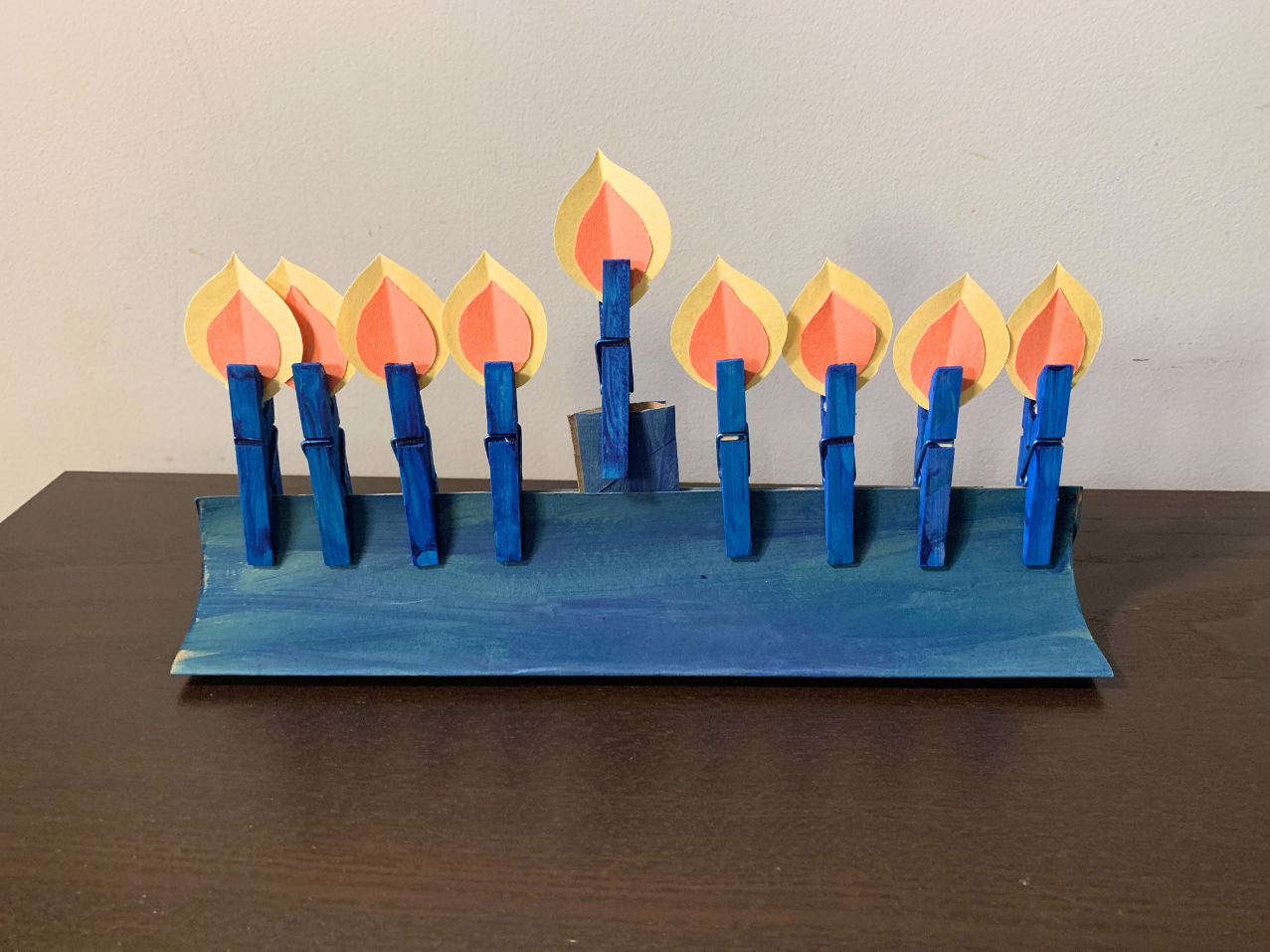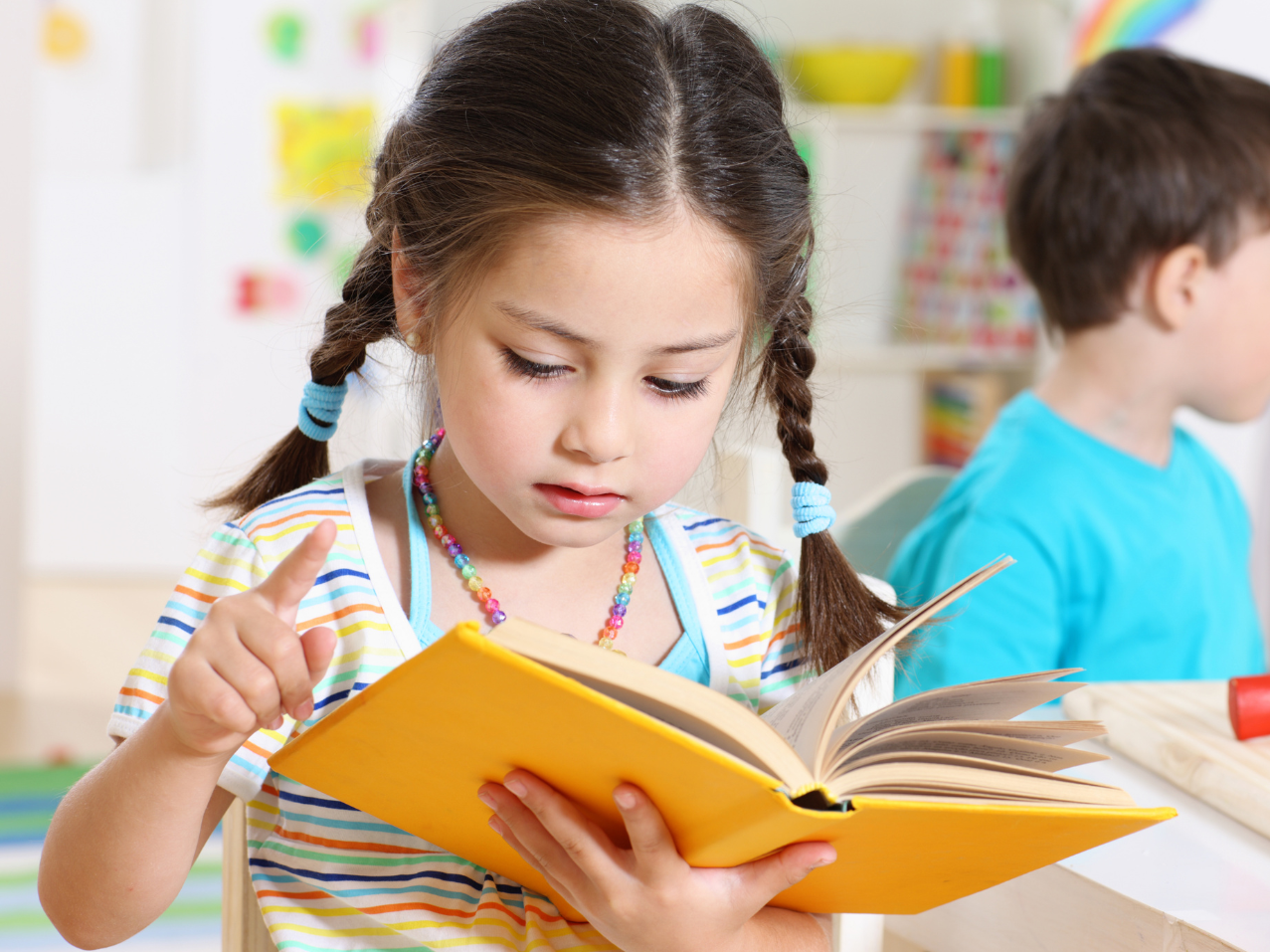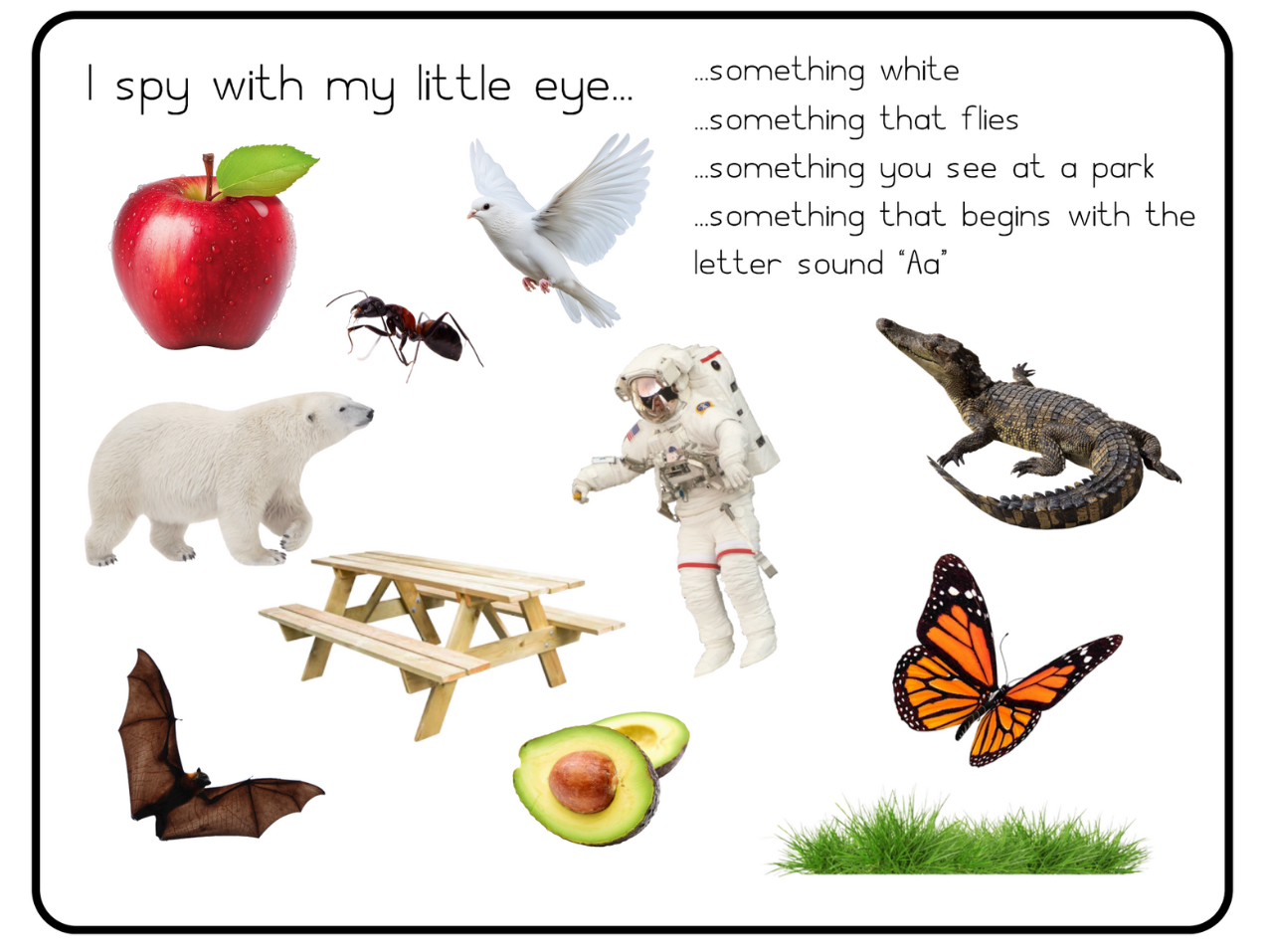Menu
-
-
Shop Holiday Items
-
Shop Gifts By Age
- Gifts For a 0-6 Month Old
- Gifts For A 6-12 Month Old
- Gifts For A One Year Old
- Gifts For A Two Year Old
- Gifts For A Three Year Old
- Gifts For A Four Year Old
- Gifts For A Five Year Old
- Gifts For A Six Year Old
- Gifts For A Seven Year Old
- Gifts For An Eight Year Old
- Gifts For A Nine Year Old
- Gifts For A Ten Year Old
-
Shop Gifts By Budget
- New Arrivals
-
Toys
- Large Active Toys
- Animal Toys
- Arts & Crafts
- Award-Winning Toys
- Bath Toys
- Birthday Wishlists
- Building Toys
- Cars, Trains, & Trucks
- Games
- Instruments
- Loose Parts Play
- Loot Bag Toys
- Made in Canada
- Outdoor Toys
- Pretend Play
- Puzzles
- Sensory And Fidget Toys
- Sensory Bin Tools & Fillers
- STEM Toys & Activities
- Toronto-Themed Gifts
- Travel Toys
- Wooden Toys
- Waiting Room Toys & Furniture
-
Montessori Materials
- Montessori At-Home Program
-
Montessori Furniture
-
Bundles & Sales
-
Books
-
Shop By Age
-
Shop By Brand
- Brands A-F
- Brands G-L
-
Brands M-R
- MagicPlaybook
- Magna Tiles
- Make Believe Ideas
- Makedo
- Manhattan Toys
- Math for Love
- Milaniwood
- MindWare
- Mojo Toys
- Moluk
- Moulin Roty
- Native Northwest
- nic
- Nienhuis
- Ooly
- Opinel
- Ostheimer
- Papoose
- Peaceable Kingdom
- Plan Toys
- Plus-Plus
- Preschool Collection Watches and Timers
- Ravensburger Puzzles
- Real Life Pages
- Brands S-Z
-
- 866-901-4696
- Gift Registry
- Login


8 Diwali Activities and Printables + Info for All Families
3 min read
The first day of Diwali celebrations, Dhanteras, is coming up so we wanted to share some fun printables and activities that can be done at home or in the classroom.
For families that don't celebrate Diwali, we also included some information about this celebration that you can share with your children.
Learning about different cultures and perspectives is foundational to an antiracist upbringing.
Facts about Diwali
- Diwali is a Festival of Lights: People light small lamps, called diyas, to celebrate the victory of light over darkness and good over evil.
- Diwali originated in India but is celebrated by people all over the world. Different religions celebrate Diwali (Hinduism, Jainism, and Sikhism) each with their own unique customs and significance.
- Diwali lasts for 5 days:
- Day 1 (Dhanteras): People decorate their homes with diyas and rangolis. Rangolis "bring good luck."
- Day 2 (Choti Diwali): Families shop and cook. It is common to make sweets, like Gulab Jamun and Kheer (rice pudding).
- Day 3 (Diwali): Diyas are lit, as the third day is considered to be the darkest day. The lighting of the Diya signifies a prayer to Lakshmi "the goddess of wealth."
- Day 4 (Govardhan Puja): Families visit and feast together, sharing a meal referred to as Annakoot "a mountain of food."
- Day 5 (Bhai Dooj): On the last day, Bhai Duh, brothers and sisters visit to celebrate their bond.
You can find this info and some pictures in the book Let’s Celebrate! Special Days Around the World by Kate DePalma
Diwali Symbols
- Diyas (Oil Lamps): These small clay lamps symbolize the triumph of light over darkness and good over evil.
- Rangoli: Colourful patterns made with powders or flowers at doorways to welcome prosperity and happiness into the home.
- Lakshmi: The goddess of wealth, worshipped during Diwali to invite prosperity and good fortune.
- Firecrackers: Represent joy and celebration, as well as the triumph of light, sound, and positivity over negativity.
- Sweets: Exchanged to share joy and symbolize the sweetness of life and relationships.
- New Clothes: Worn to signify a fresh start and renewal during the festival.
- Torans (Floral Garlands): Hung at doorways to welcome guests, they symbolize good luck.
Printables
Rangoli Decorating Pages
Purpose: To develop creativity and fine motor skills.
Recommended age: 3+
Diwali Clothes Pin Cards

Purpose: To practice counting and recognition of number symbols.
Recommended age: 3+
Diwali Cutting Work
Purpose: To develop fine motor skills and the use of scissors.
Recommended age: 2.5+, when your child has mastered the use of the opening and closing movement using playdough scissors.
Diwali Language Cards

Purpose: For younger children, the purpose is to enrich vocabulary. For older children, the purpose is to develop literacy skills.
Recommended age: 18 months and up
Activities
DIY Flower Garland

Purpose: To develop fine motor skills, creativity, and make a beautiful decoration.
Recommended age: 3+
Click here or the photo above to download our FREE Flower Templates.
Firecracker Painting

Purpose: To develop creativity and fine motor skills.
Recommended age: 3+
Materials:
- 3-5 toilet paper rolls
- Paint
- Black construction paper
- Paper plates
Instructions:
- Cut straight lines on one end of each toilet paper roll, about half way up.
- Bend back the strips so that they make an exploding firecracker pattern.
- Set up different colours of paint on plates or another flat surface.
- Us the toilet paper firecracker as a stamp on black construction paper.
Making a Clay Tealight Holder

Recommended age: 3+
Materials:
- Use clay to shape a tealight holder.
- Let it dry overnight.
- Invite your child to paint the dry clay.
Join Our Montessori Community
Sign up to get weekly activities, free printables, Montessori parenting guidance, and so much more.
Plus, get $10 off your first order of $100+.
Like this article? Get new articles, weekly activities, free printables, Montessori parenting guidance, and so much more.
One mom recently shared:
"Your newsletter is always SO great. It is one of the few I open and read weekly. You provide so much value. Thank you!"




